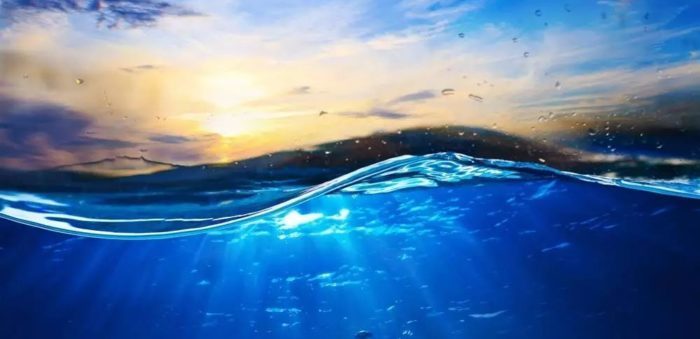BIMCO supports the Seabed 2030 initiative, in an effort to bring together bathymetric data and produce a definitive map of the world ocean floor by 2030, freely available to all.
Knowing the depth and shape of the seafloor (bathymetry) is fundamental for our understanding of ocean circulation, tides, sediment transport and environmental change.
Currently, and despite many years of effort, less than 20% of the ocean seafloor has been mapped.
In light of the situation, back in 2017, Nippon Foundation and the General Bathymetric Chart of the Oceans (GEBCO) launched the Seabed 2030 initiative.
In fact, the project aims to bring together all available bathymetric data to produce the definitive map of the world ocean floor by 2030 and make it freely available to all.
Initial efforts will focus on mapping the 93% of the ocean deeper than 200 meters, leaving national hydrographic agencies to cover waters closer to shore.
[smlsubform prepend=”GET THE SAFETY4SEA IN YOUR INBOX!” showname=false emailtxt=”” emailholder=”Enter your email address” showsubmit=true submittxt=”Submit” jsthanks=false thankyou=”Thank you for subscribing to our mailing list”]
Recently, BIMCO joined the initiative and encourages the industry to contribute with input into the project via an online survey.
In addition to the importance of fundamental knowledge of the seafloor, from an industry point of view, seabed mapping is equally important for infrastructure construction and maintenance, cable and pipeline routing and – of course – navigating our ships. A co-ordinated international effort is needed to bring together all existing data sets and to identify areas for future surveys – in other words, to ‘map the gaps.
…BIMCO noted.
As explained, completing a modern map of the seafloor will be a turning point in our understanding of oceanic processes and resources, providing a major change in our ability to sustainably manage our oceans and marine hazards.
Concluding, the Seabed 2030 project is seeking views from across the marine and maritime sector via an online survey. The aim is to corroborate or challenge existing thinking, and hopefully identify any areas of the seabed that may benefit from a more collaborative approach.































































